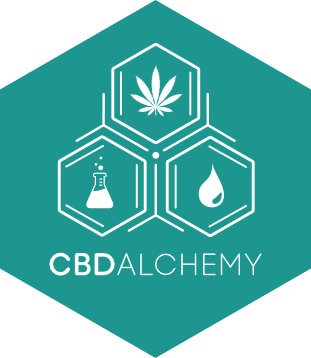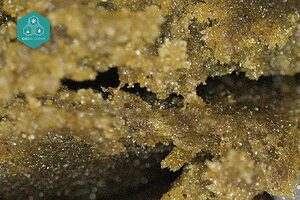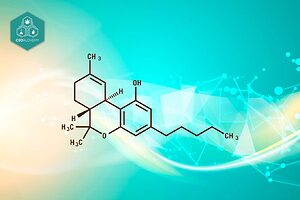- Key Points
- Legality of medical marijuana
- Active ingredients of medical cannabis
- Potential of medical cannabis for wellness
- Forms of medical marijuana use
- Benefits of CBD in medical treatment
- Use of THC in traditional medicine
- Side effects of medical marijuana
- Quality and regulation of medical cannabis
- Innovations in the therapeutic use of cannabis
- Scientific studies on medical marijuana
- Summary
- Frequently Asked Questions
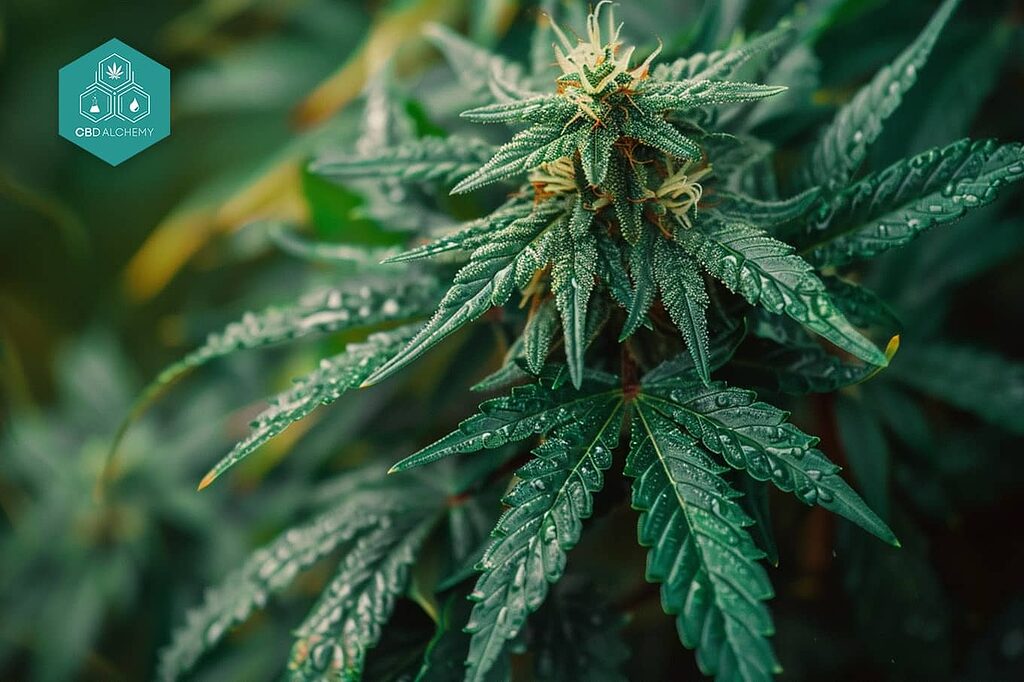
Medical marijuana is known to relieve chronic pain, reduce seizures and alleviate symptoms of treatments such as chemotherapy. In this article, we will explore its benefits, legality, main active components, CBD flowers, consumption methods, scientific studies and more.
Everything related to medical marijuana is here. Also, medical marijuana is becoming a popular choice among alternative treatments.
Key Points
- The legality of medical marijuana varies between countries and states, with more than 30 countries approving its use, reflecting a global shift in attitude toward the therapeutic benefits of cannabis.
- Medical cannabis contains two main components, THC and CBD, which offer different therapeutic benefits, with THC known for its psychoactive effects and analgesic properties, and CBD for its efficacy in treating medical conditions without psychoactive effects.
- Medical cannabis has proven to be effective in the treatment of various diseases, including chronic pain, epilepsy and cancer-related symptoms, as well as for its anti-inflammatory properties, being used in various forms of consumption such as vaporization, edibles and liquid extracts.
Legality of medical marijuana

The legality of medical marijuana varies considerably from country to country. Some examples are:
- In Canada, the medical use of marijuana was legalized at the federal level in 2018.
- Uruguay was the first country to fully legalize the sale, distribution and cultivation of marijuana.
- In Spain, although medical marijuana is legal for consumption in private spaces and allows cultivation for personal use, its therapeutic use was approved in 2022 to treat various conditions such as oncological and chronic non-oncological pain, among others.
In the United States, the situation is more complex due to the variability of state laws. While in some states such as California and Colorado the use of medical cannabis is legal, in others it still faces significant restrictions. Minnesota, for example, allows its residents to participate in a medical cannabis program.
This disparity in laws reflects a fragmented legal landscape that can be confusing for patients and physicians. Strict regulation is essential to ensure the quality and safety of medical cannabis.
Currently, more than 30 countries around the world have approved the use of cannabis for medicinal purposes, demonstrating a change in attitude towards this plant. Italy authorized its medicinal use in 2013, allowing patients to obtain it in pharmacies with a prescription. In Mexico, the consumption and cultivation of medical marijuana was legalized in April 2017, regulated by the Ministry of Health.
This trend towards legalization suggests a global recognition of the therapeutic benefits of cannabis, although it remains crucial to navigate the different local legislations for its proper use.
Active ingredients of medical cannabis
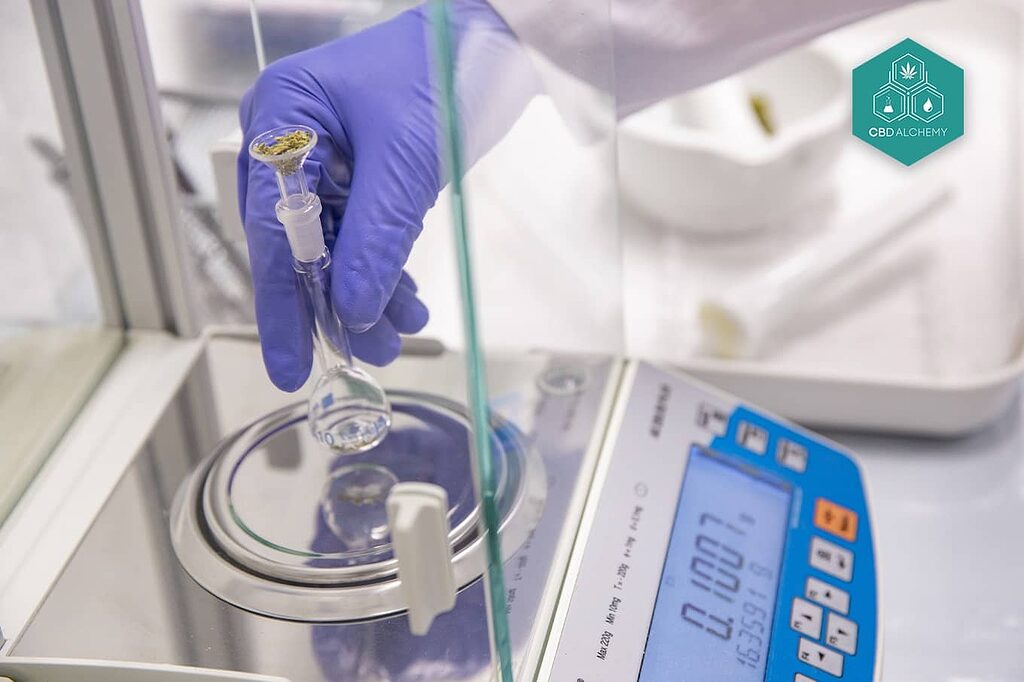
Medical cannabis owes its efficacy to two main components: THC (delta-9-tetrahydrocannabinol) and CBD (cannabidiol). THC is known to produce psychoactive effects, such as the “high” sensation experienced when consuming marijuana. CBD, on the other hand, is considered to be non-psychoactive and is associated with numerous medicinal properties of the plant.
This fundamental difference has led to a growing interest in the use of CBD for therapeutic purposes, without the psychoactive side effects of THC.
CBD has been shown to be effective in treating a wide range of medical conditions, from reducing seizures in cases of epilepsy to relieving anxiety and pain. CBD-based products, such as oils and edibles, have become extremely popular due to their ability to provide relief without causing a psychoactive state. In addition, CBD is gaining recognition as a therapeutic agent that can treat mental health issues and improve overall well-being.
THC, on the other hand, remains a crucial component in the treatment of chronic pain and other serious medical conditions. Despite its psychoactive effects, THC has analgesic and anti-emetic properties that make it valuable in traditional medicine. It is the interaction of these compounds with the human body’s endocannabinoid system that allows its therapeutic benefits to be harnessed.
This duality between THC and CBD offers a balanced approach in the treatment of various medical conditions, highlighting its therapeutic effects in the management of pain, anxiety and other conditions.
Potential of medical cannabis for wellness
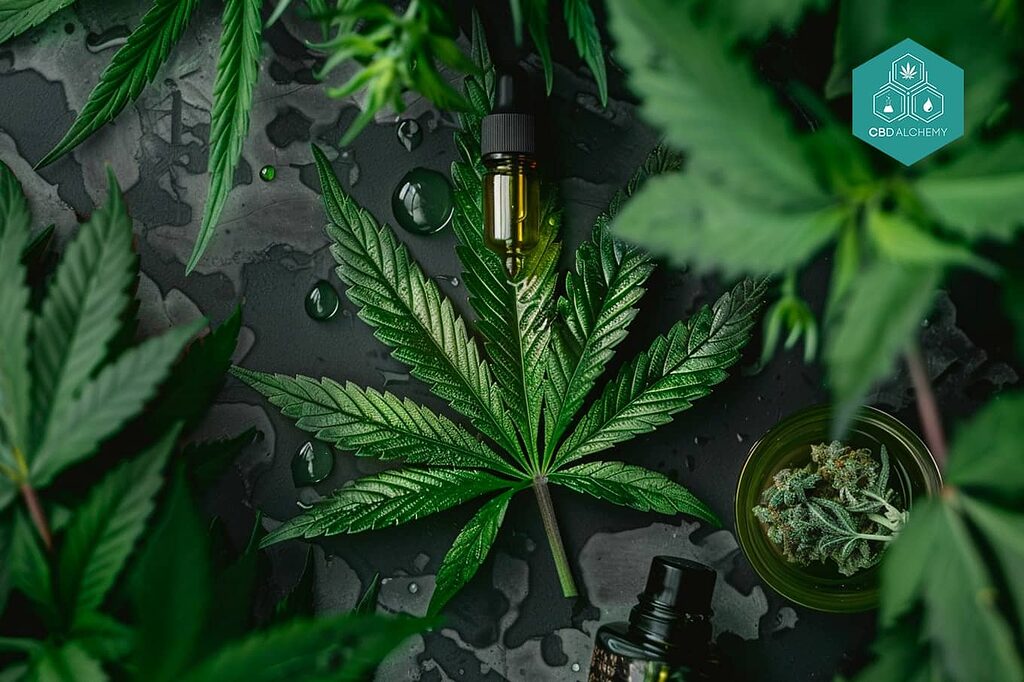
Medical cannabis has proven to be effective in the treatment of various diseases, providing relief to patients suffering from:
- chronic pain
- epilepsy
- cancer
- and more
For example, chronic pain in adults can be efficiently managed with medical cannabis, which represents a viable alternative to opioids. This use is particularly beneficial for those seeking to avoid the severe side effects of traditional pain medications.
Pain management with medical cannabis has been shown to be an effective and safe option for many patients. Epilepsy is another condition where cannabis has shown promising results. CBD has been especially effective in reducing seizures in patients with severe epileptic syndromes such as Dravet syndrome. Technologies such as cannabis oils and oral solutions are being employed to treat these conditions, offering an alternative to conventional treatments.
In the oncology setting, medical cannabis is used to manage symptoms such as poor appetite, nausea and vomiting caused by chemotherapy. In addition, its use has been studied to reduce symptoms of neurodegenerative diseases such as Alzheimer’s, and conditions such as multiple sclerosis and HIV/AIDS. These examples underscore the broad spectrum of medical applications of cannabis, which go beyond simple pain relief.
Forms of medical marijuana use

Medical marijuana can be consumed in a variety of ways, each with its own advantages and disadvantages. Smoking and vaporizing are two of the most common methods, although smoking marijuana is not necessary to experience its medical benefits. Vaporizing is less harmful than smoking, as it allows for more precise dosage control. For this reason, it is a popular choice among patients.
Edibles, such as cookies and gummies, offer an alternative form of consumption that has a slower but longer-lasting action. This method is ideal for treating chronic conditions where prolonged relief is needed. However, dosing can be more difficult to control compared to vaporizing or smoking.
Another option is the use of liquid extracts, which can be consumed sublingually, in capsules or even topically. These products allow for discreet and dosed administration of medical cannabis. The use of liquid extracts is particularly useful for those who need a constant and controlled dose of the active components of cannabis, such as THC and CBD. Sublingual administration, in particular, offers fast and efficient absorption, making it a preferred option for many patients.
Benefits of CBD in medical treatment
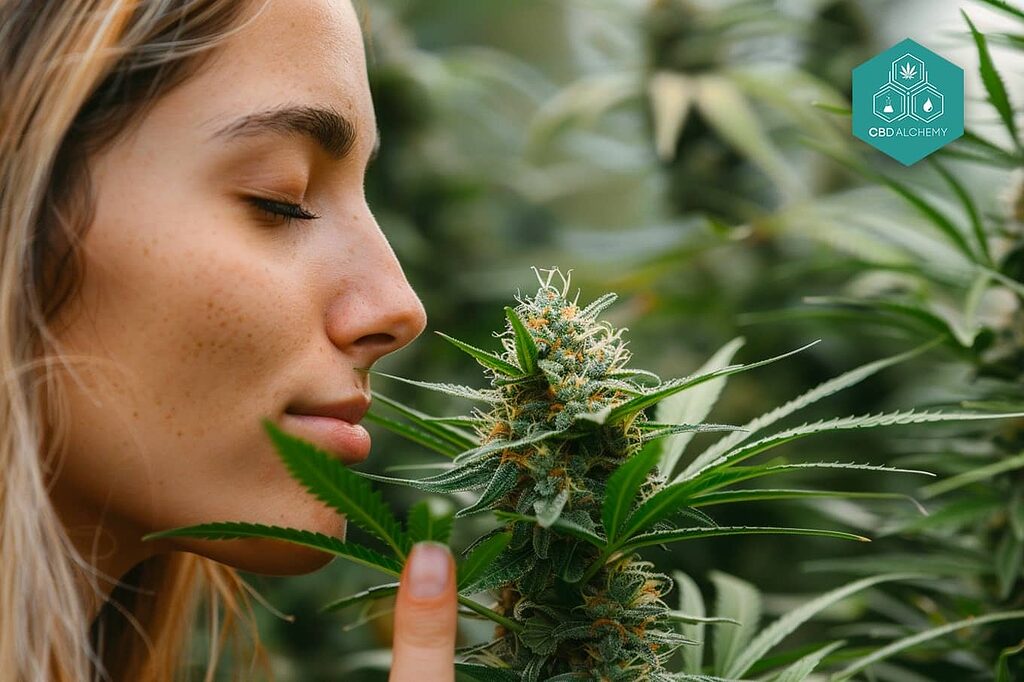
Cannabidiol (CBD) has gained popularity for its numerous therapeutic properties. This cannabis compound has the potential to treat a wide range of diseases, such as:
- Autoimmune diseases, where immune system cells attack the body itself
- Neurological conditions
- Metabolic syndrome
- Neuropsychiatric problems
Unlike THC, CBD does not cause psychoactive effects, which makes it an attractive option for many patients.
CBD interacts with our body by mimicking and enhancing the effects of endogenous cannabinoids found in our system. This allows CBD to modulate the endocannabinoid system, aiding in the treatment of various conditions. For example, CBD has been approved by the FDA to treat certain severe forms of epilepsy, demonstrating its efficacy in reducing seizures.
In addition, CBD has neuroprotective, antioxidant and anti-inflammatory effects, making it a promising treatment for conditions such as Alzheimer’s disease and multiple sclerosis. Its ability to reduce anxiety, stress and improve mood has been corroborated in several studies, making CBD a versatile tool in modern medicine.
Use of THC in traditional medicine
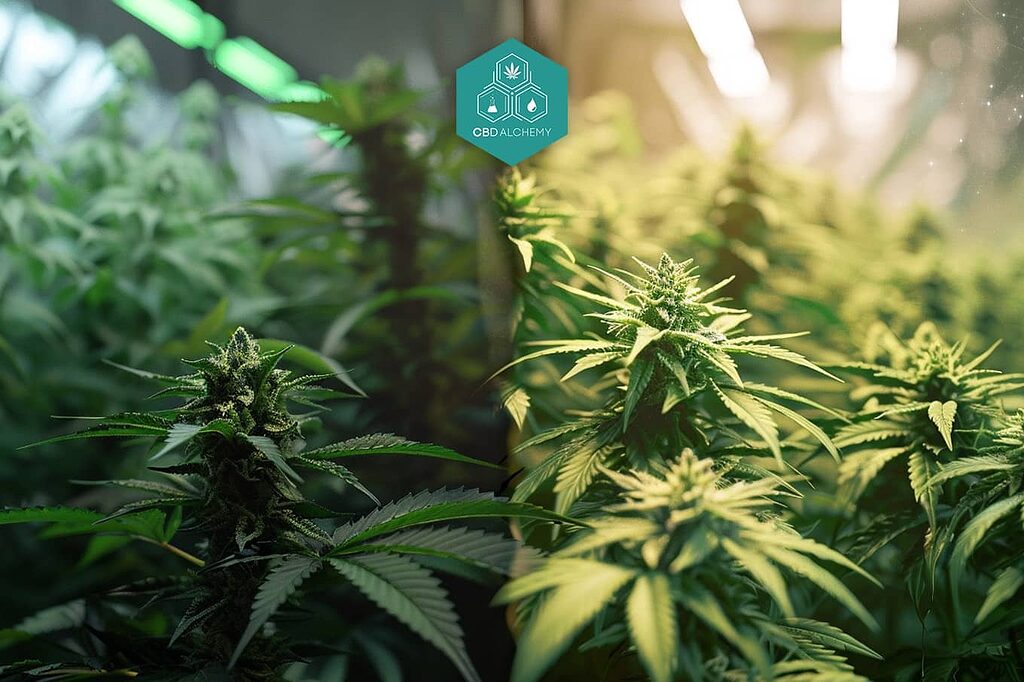
THC, or delta-9-tetrahydrocannabinol, is the component of cannabis best known for its psychoactive effects, but it also has significant medical applications. One of the most common uses of THC in traditional medicine is to control nausea and vomiting caused by cancer chemotherapy. In addition, THC can help stimulate appetite in patients suffering from diseases such as HIV/AIDS and cancer, helping to combat anorexia and associated weight loss.
THC is also effective in the treatment of chronic pain, including pain from nerve injuries. In some cases, it has been used to alleviate symptoms of multiple sclerosis, Crohn’s disease and inflammatory bowel diseases. The key to its successful use lies in the administration of its psychoactive properties, adjusting the patient’s sensitivity to THC to achieve effective treatment.
There are medications such as Sativex, which combine dronabinol (a THC derivative) and cannabidiol, intended for patients with multiple sclerosis to alleviate spasticity. These treatments underscore the importance of THC in traditional medicine and the use of cannabis sativa, offering relief to patients with serious medical conditions.
Side effects of medical marijuana
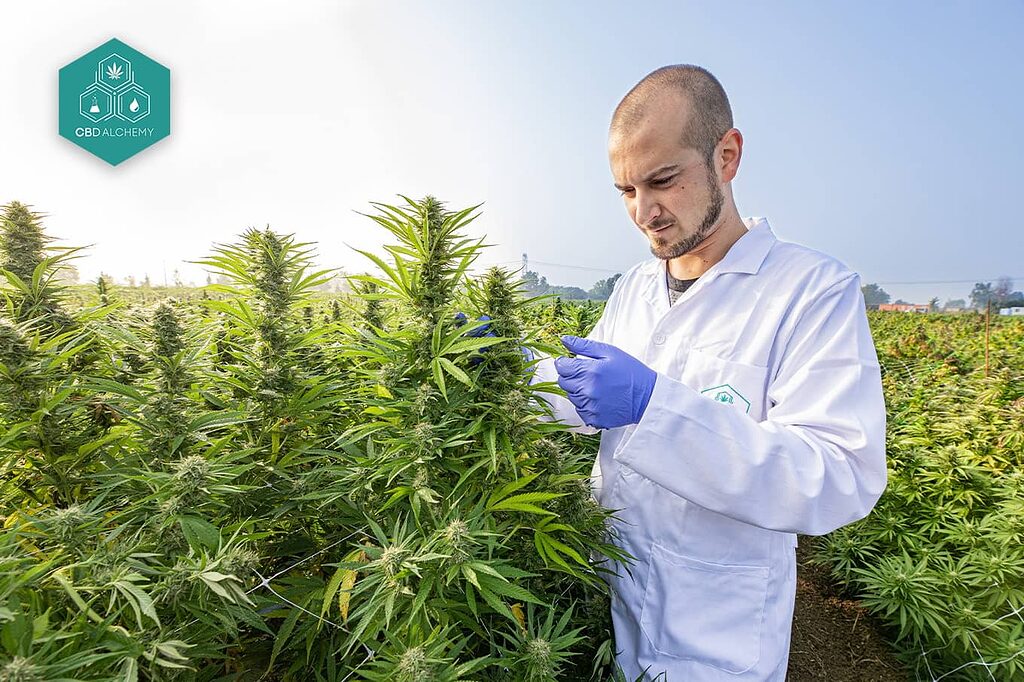
Like any medicine, medical marijuana can have side effects. THC, in particular, can cause:
- Rapid heartbeat
- Dizziness
- Slow reaction times
- Drowsiness
- Problems concentrating
These side effects can vary in intensity depending on the dose and the individual patient’s sensitivity.
One of the most common side effects is increased appetite, known as “munchies.” While this may be beneficial for some patients, such as those suffering from anorexia or weight loss, it may be undesirable in other cases. In addition, prolonged use of medical marijuana can lead to dependence and withdrawal symptoms upon cessation of use.
In rare cases, medical marijuana use can cause hallucinations or aggravate mental illness. It can also increase the risk of heart attacks and strokes in some patients. It is crucial that patients and physicians work together to monitor these side effects and adjust treatment as needed to minimize risks.
Quality and regulation of medical cannabis
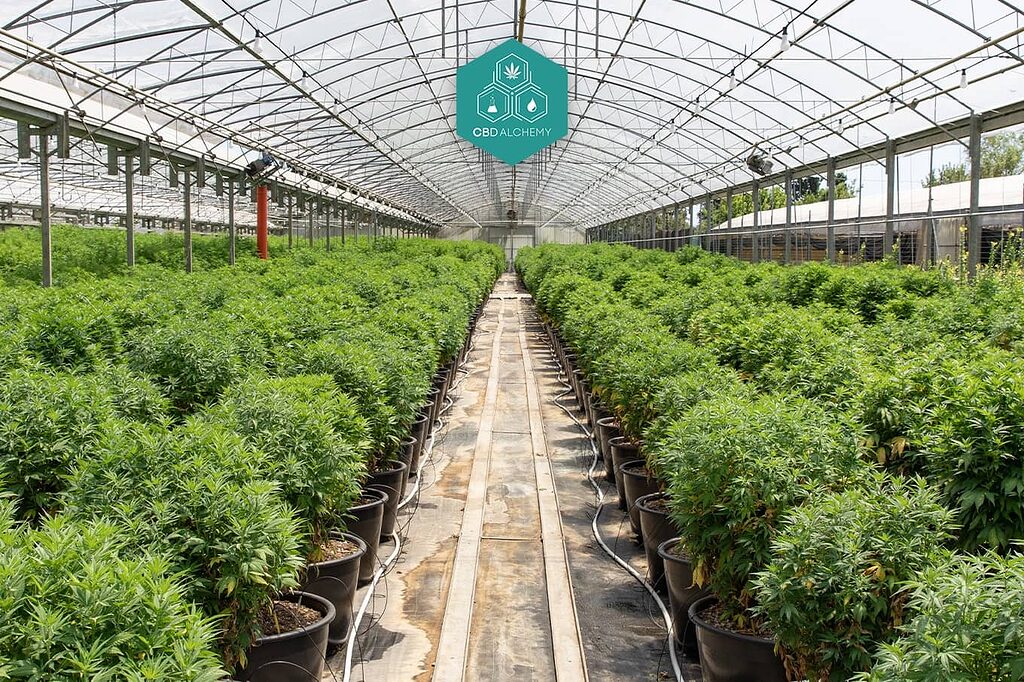
Regulation of medical cannabis is critical to ensure product quality and safety. Regulating the medical use of cannabis helps to avoid the presence of contaminating substances and ensures that products meet quality standards. In countries such as Mexico, the informality of the market can lead to the presence of products with harmful substances, which highlights the importance of proper regulation.
In Spain, medical cannabis is being regulated with a focus on the development and dispensing of master formulas of standardized cannabis preparations. This ensures that the products available on the market are safe and effective for medicinal use. Medical grade cannabis is characterized by its quality control and standardized production. In addition, it complies with international standards for herbal medicines.
In a study conducted in California, several products from different dispensaries were found to have less CBD than indicated on their labels. This suggested
Innovations in the therapeutic use of cannabis

Innovations in the therapeutic use of cannabis have revolutionized modern medicine. The advent of potent cannabis oil concentrates, non-psychotropic CBD product options, and innovative smoke-free delivery systems have transformed the therapeutic landscape. These advances have changed the way cannabis is talked about on a national level
Scientific studies on medical marijuana
The World Health Organization recognized the medical interest of the Cannabis plant and its derivatives in 2019. This recognition has spurred a wave of scientific research on the therapeutic benefits of medical cannabis. In 2020, the United Nations removed the flowering or fruiting tops of Cannabis from Schedule IV of the 1961 Single Convention on Narcotic Drugs, highlighting its medical potential.
Although the FDA has not approved the use of cannabis for the treatment of any medical condition, it has approved specific cannabinoids such as cannabidiol (Epidiolex) and dronabinol (Marinol, Syndros) for specific uses. These drugs have been shown to be effective in treating conditions such as epilepsy and chemotherapy-induced nausea, respectively.
Recent clinical studies have shown promise in the use of medical cannabis to treat a variety of conditions, from chronic pain to epilepsy. Research in this field continues to grow, with new evidence supporting its efficacy and safety. This advancement in scientific research not only increases the credibility of medical cannabis, but also opens new doors for its application in modern medicine. Recent scientific evidence supports the efficacy of medical cannabis, reinforcing its potential as a viable treatment in a variety of health areas.
Summary
Throughout this article, we have explored the various aspects of medical marijuana, from its legality and the active ingredients in cannabis to the diseases it can treat and the ways in which it can be consumed. We have looked at how CBD and THC, the two main components of cannabis, offer unique therapeutic properties that can alleviate a wide range of medical conditions. We have also discussed potential side effects and the importance of regulation to ensure the quality and safety of medical cannabis products.
In conclusion, medical marijuana represents a valuable tool in modern medicine, offering hope and relief to many patients. Innovations and scientific studies continue to expand our understanding and application of this plant, promising a future where medical cannabis is a well-accepted and regulated therapeutic option. As more countries recognize and legalize its use, it is crucial to continue to research and educate about its benefits and risks to maximize its medical potential.
Frequently Asked Questions
What is CBD?
CBD is a component of cannabis that has medicinal benefits and does not cause psychoactive effects, making it useful for health treatments.
What is the difference between CBD and THC?
The difference between CBD and THC is that CBD does not cause psychoactive effects, unlike THC, although both have therapeutic attributes.
How can medical marijuana be consumed?
Medical marijuana can be consumed in different ways, such as smoking, vaporizing, ingesting in edibles or in liquid extracts. It is important to choose the form of consumption that best suits your needs and preferences.
What diseases can be treated with medical cannabis?
Medical cannabis can be effective in the treatment of diseases such as chronic pain, epilepsy, cancer, Alzheimer’s and multiple sclerosis, among others. Its use has shown significant benefits in these conditions.
What are the side effects of medical marijuana?
Side effects of medical marijuana can include rapid heartbeat, dizziness, drowsiness, short-term memory loss and concentration problems. It is important to consider these effects before use.
